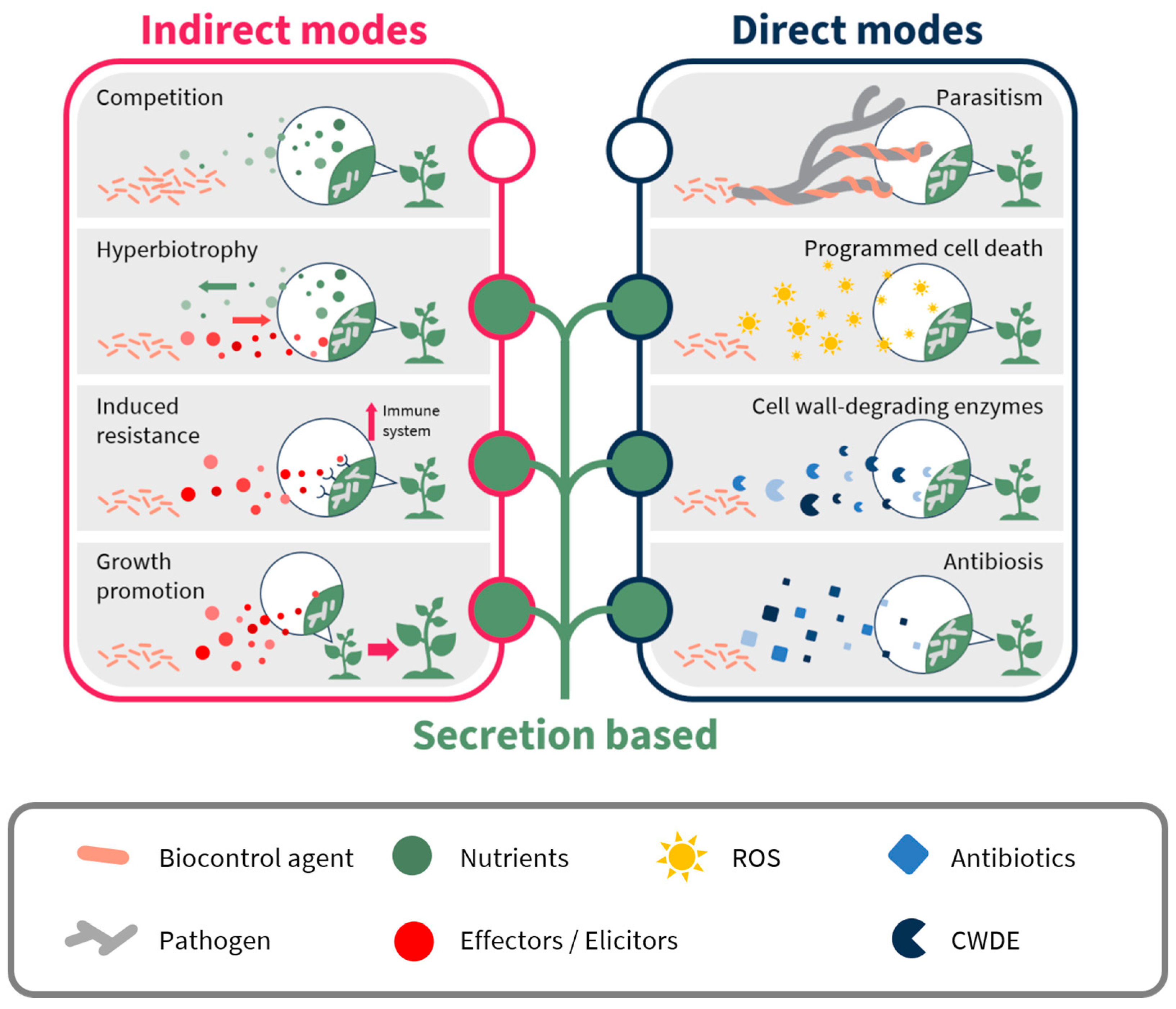

They are therefore mass produced and applied in an inundative inoculation, using herbicide application equipment, which leads to an epidemic of the disease knocking the weed population down. Under natural conditions they do not cause enough damage to the weed to have a damaging impact. Mycoherbicides are indigenous to the country of use and therefore are already naturally present in the environment.

The spores germinate on the plant, penetrate the plant tissues and cause a disease, which could eventually kill the plant. Key references regarding the biocontrol agents mentioned above.Ī mycoherbicide is a formulation of fungal spores in a carrier, which can be applied to weeds in the same way as a chemical herbicide.

Table 2: Biocontrol agents released against invasive alien plants in South Africa. Table 1: Showing all the target weeds in South Africa, their region of origin and the degree of biological control achieved, where applicable all natural enemies studied, their feeding guilds, present research status, and degree of agent damage to the weed (if established). Ī shorter, one-page fact sheet on the science and practice of biological control. The following documents can be downloaded:Ī leaflet on the principles of biological control. Bioocontrol agents for all cactus species can be obtained from the Uitenhage mass-rearing station of the Centre for Biological Control, Rhodes University, by contacting Land Use and Soil Management (LUSM), Department of Agriculture, Forestry and Fisheries (DAFF). Alternatively, contact the provincial representatives of the Directorate: To obtain biocontrol agents, the biocontrol implementation officers of the National Resource Management Programmes (NRMP) within the Department of Environment Affairs (DEA), previously known as the Working for Water Programme, can be contacted. Read more about the important role the Working for Water Programme plays in the biological control of invasive alien plants in South Africa. Research into the biological control of invasive alien plants is the main activity of the Weeds Research Programme of ARC-PPRI. īiological weed control consists in the use of natural enemies to reduce the vigour or reproductive potential of an invasive alien plant. 36 of 1947):Ī Guide to the Use of Herbicides of Bush Encroachment, Noxious Plants and Aquatic Weeds, obtainable from tel. Wattle Control, both by Peta Campbell (order fromĪ 2007 publication by the Registrar (Act No. Rehabilitation recommendations after alien plant control and
#Disadvantages of biocontrol agents uses of plants registration
The Division also tests herbicides for registration purposes. ARC-PHP's research on the chemical control of plant invaders is aimed at developing safe, selective and affordable herbicide treatments which will provide effective control in a wide range of environmental conditions and which are compatible with biological control. Jeremy Goodall for more information on mechanical control measures.Ĭhemical control involves the use of registered herbicides to kill the target weed. Rehabilitation recommendations after alien plant control by Peta Campbell (order from Read more about mechanical control in the ARC-PHP publication Mechanical control is labour intensive and therefore expensive, and could cause severe soil disturbance and erosion. Species that tend to coppice, need to have the cut stumps or coppice growth treated with herbicides following the mechanical treatment. This control option is only really feasible in sparse infestations or on small scale, and for controlling species that do not coppice after cutting. uprooting, felling, slashing, mowing, ringbarking or bark stripping.

This entails damaging or removing the plant by physical action. There are various means of managing invasive alien plants:


 0 kommentar(er)
0 kommentar(er)
